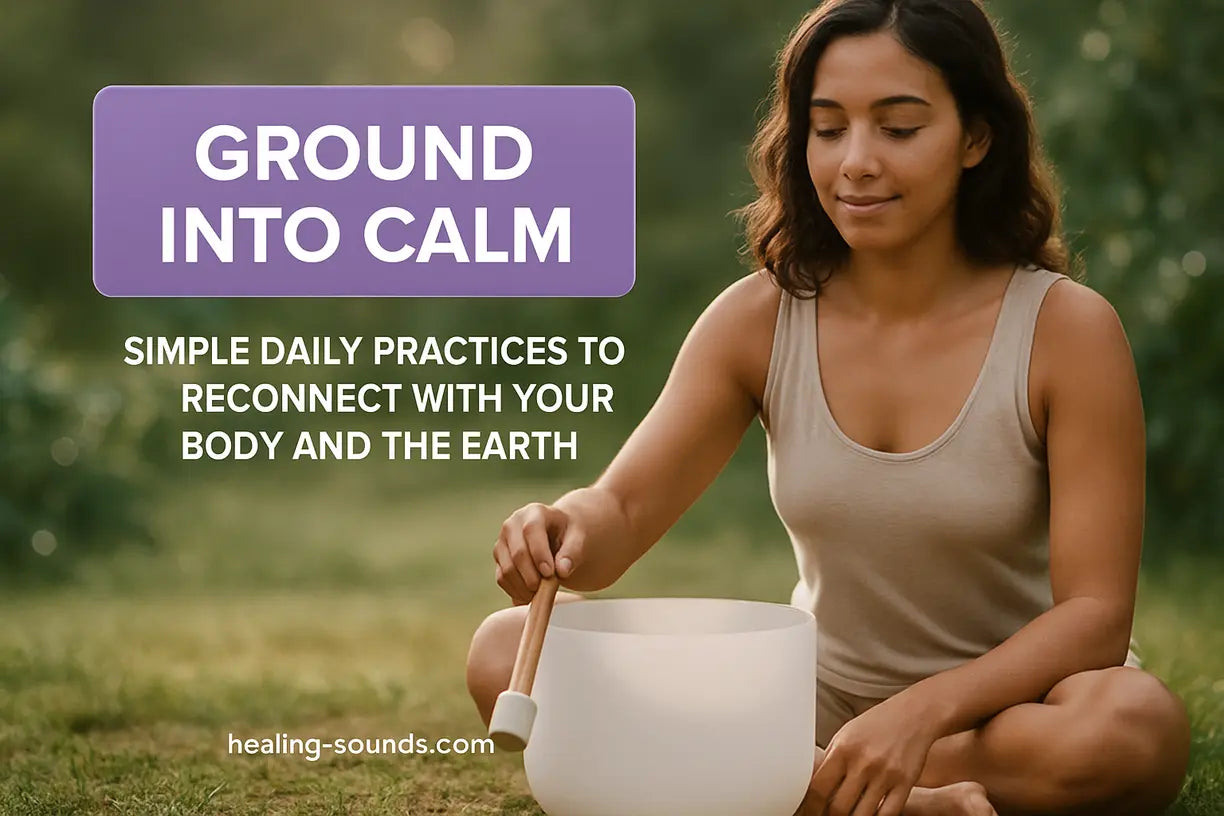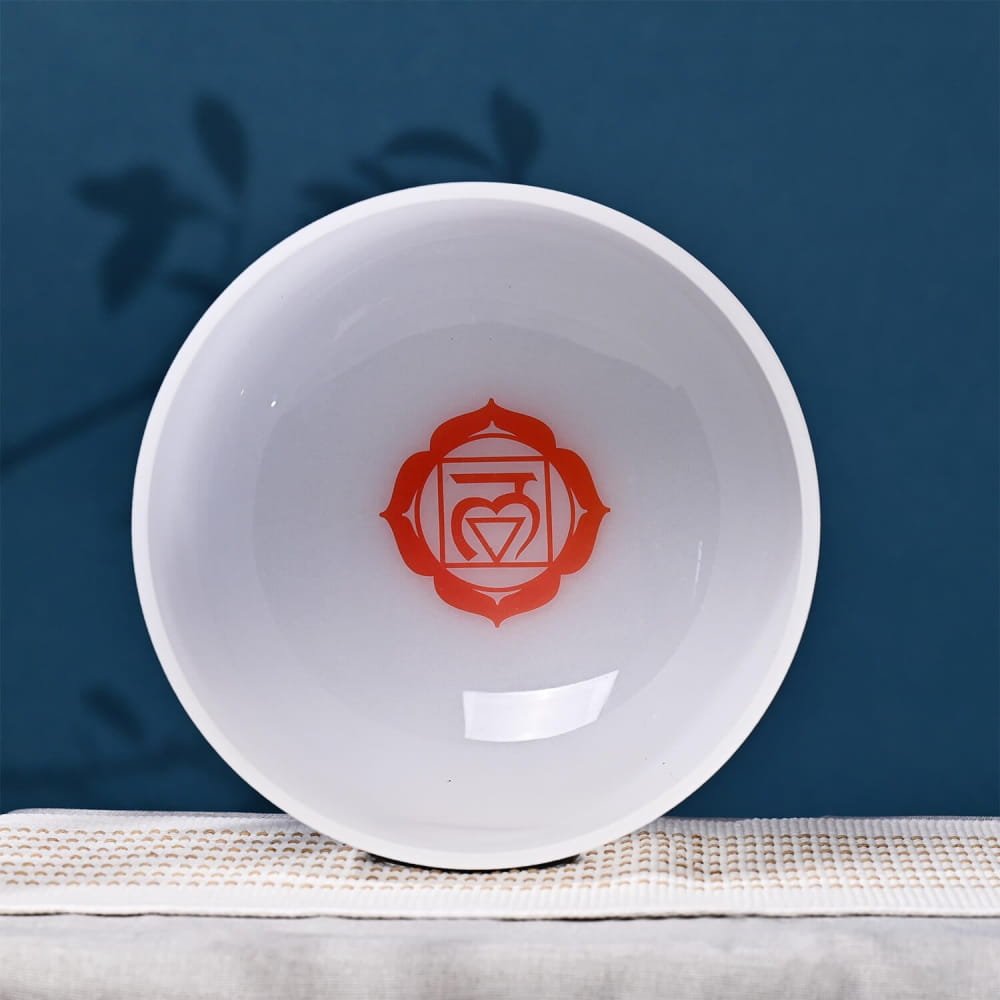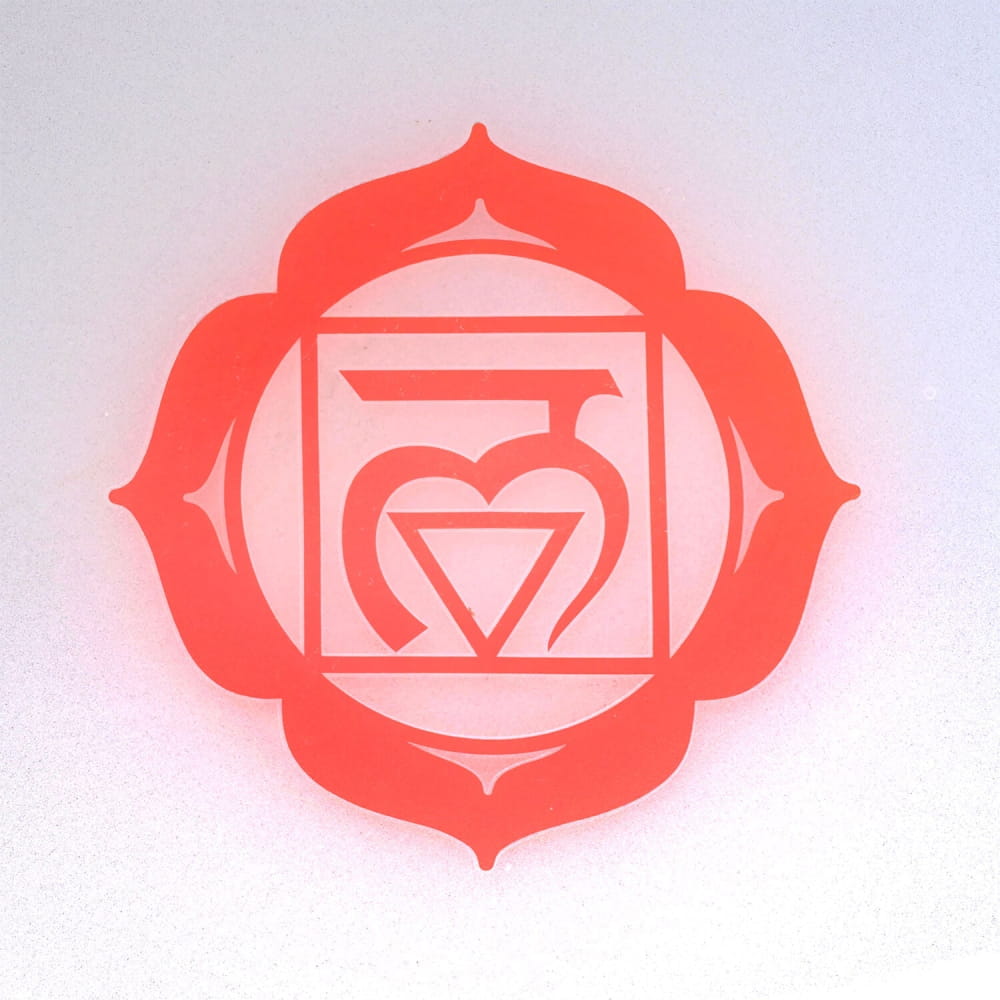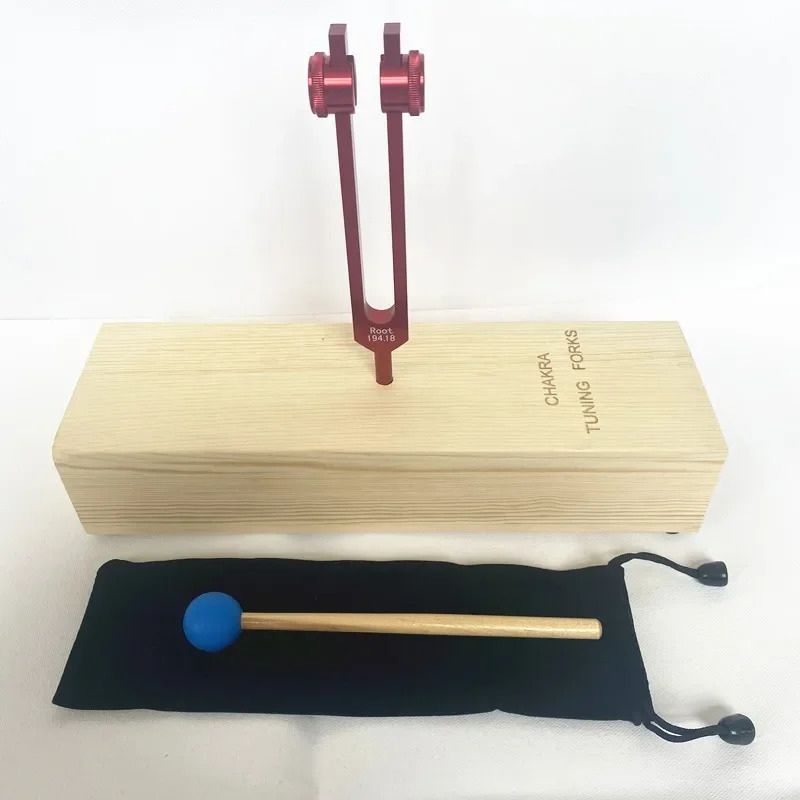Do you ever feel like you're floating through your day, disconnected from your body and the world around you? In our fast-paced lives, it's easy to get lost in a whirlwind of thoughts, anxieties, and to-do lists, leaving us feeling scattered and untethered. A grounding meditation is a powerful and simple practice designed to bring you back to the present moment, anchoring your awareness in the here and now. It’s a technique for deep connection with yourself and the earth, helping you find stability whenever you feel overwhelmed.
This guide will walk you through everything you need to know about meditation for grounding. You'll discover what it is, its transformative benefits, and several easy-to-follow techniques you can start using today—from simple breathwork to the popular 5-4-3-2-1 method. Let's explore how you can cultivate a profound sense of calm and presence in just a few minutes a day.
What Exactly Is Grounding Meditation?
Grounding meditation is a practice focused on connecting your energy with the earth. Think of it as an energetic anchor. When you're "ungrounded," you might feel anxious, distracted, light-headed, or emotionally volatile. In contrast, being "grounded" means you feel centered, stable, calm, and fully present in your body. This type of meditation uses various techniques—such as focusing on your breath, body sensations, or the physical connection of your feet on the floor—to pull your awareness away from distracting thoughts and into the physical reality of the present moment.
This practice is deeply connected to the concept of the Root Chakra (Muladhara), the first energy center located at the base of the spine. The Root Chakra governs our feelings of safety, security, and belonging. By engaging in grounding meditation, you are also nurturing this foundational energy center, reinforcing your sense of stability and resilience from the ground up.
The Transformative Benefits of a Grounding Practice
Regularly practicing grounding meditation offers a wealth of benefits that can ripple through your daily life, fostering a deeper connection with yourself. It's more than just a momentary fix for anxiety; it's a tool for building long-term emotional and mental wellness.
- Reduces Anxiety and Stress: By shifting your focus from racing thoughts to physical sensations, grounding techniques can quickly calm a dysregulated nervous system and ease feelings of panic or worry.
- Enhances Presence and Focus: This practice trains your mind to stay in the present, which can improve concentration and clarity throughout your day.
- Promotes Emotional Stability: When you feel grounded, you're less likely to be swept away by intense emotions, allowing you to respond to situations with more thought and less reactivity.
- Improves Body Awareness: Grounding helps you tune into your body's signals, fostering a stronger and more intuitive mind-body connection.
How to Practice Grounding Meditation: Simple Techniques
The beauty of grounding meditation lies in its simplicity and accessibility. You don't need any special equipment, and you can do these exercises anywhere, anytime you feel the need to recenter yourself. Here are a few foundational techniques to get you started.

Foundational Breath and Body Scan
This is one of the most fundamental grounding exercises. It uses your breath and physical sensations to anchor you.
- Sit or stand in a comfortable position. If sitting, keep your feet flat on the floor. Close your eyes if it feels right.
- Bring your full attention to your breath. Notice the sensation of air entering your nostrils and filling your lungs. Feel your abdomen rise and fall.
- Slowly shift your awareness to your feet. Notice the pressure and texture of the floor or ground beneath them. Imagine roots growing from the soles of your feet, extending deep into the earth, anchoring you firmly.
- Continue this awareness, scanning up through your body—your legs, your torso, your arms, your head—simply noticing any sensations without judgment. Remain in this state for 2-5 minutes.
The 5-4-3-2-1 Method for Sensory Grounding
When you feel particularly anxious or dissociated, the 5-4-3-2-1 method is an incredibly effective way to bring your awareness back to your immediate environment.
Working backward from 5, you are asked to identify:
- 5 things you can see: Look around and name five objects in your sight. Notice their color, shape, and texture.
- 4 things you can feel: Tune into the tactile sensations. It could be the fabric of your clothes, the chair beneath you, or the warmth of your hands.
- 3 things you can hear: Listen intently for three distinct sounds. It might be the hum of a fan, birds chirping outside, or the sound of your own breathing.
- 2 things you can smell: Try to identify two scents in your environment, like coffee, a flower, or the clean air.
- 1 thing you can taste: Focus on one thing you can taste. You could take a sip of water or simply notice the current taste in your mouth.
Earthing and Visualization
Earthing, or grounding, involves direct physical contact with the Earth's surface. This practice can be beautifully combined with meditation. Research, such as the study published in the Journal of Environmental and Public Health, suggests that direct contact with the earth can have significant positive physiological effects. To practice this, simply stand or sit barefoot on grass, dirt, or sand. As you do, close your eyes and visualize drawing the Earth's calm, stable energy up through your feet and into your body, filling you with a sense of peace and security.
Guided Grounding Meditation
Sometimes, the easiest way to begin is with a guided practice. A narrator can lead you through the steps, allowing you to fully relax and immerse yourself in the experience without worrying about what to do next. This guided meditation is perfect for grounding your energy and protecting it from outside influences.
Enhancing Your Practice with Sound and Crystals
While not essential, certain tools can deepen your grounding meditation experience by providing a focal point for your senses. Sound healing instruments and grounding crystals are excellent companions for this practice.

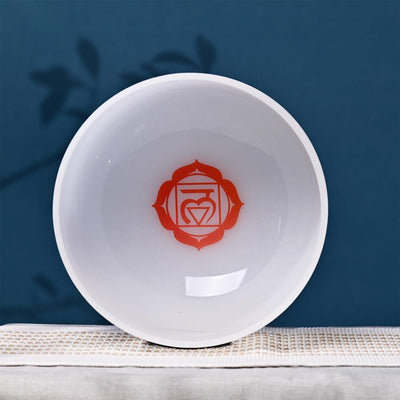
C Note Crystal Singing Bowl - Root Chakra Meditation Bowl
$149.00 $179.99
Anchor your grounding practice with a C note Root Chakra bowl delivering deep, stabilizing resonance.
Explore ProductThe deep, resonant tone of a C note crystal singing bowl is specifically attuned to the Root Chakra. Playing this bowl before or during your meditation can help stabilize your energy and anchor your focus. The vibrations create a powerful sensory experience that makes it easier to connect with the present moment.

Tools for Deeper Grounding
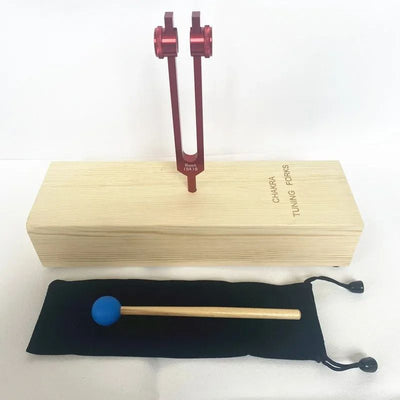
194.18 Hz Chakra Root Tuning Fork for Healing
$59.90
$79.90
Tap this 194.18 Hz Root Chakra tuning fork to calm your nervous system and deepen daily grounding meditations. Learn more ➔

Hematite Agate Bracelet Set for Protection and Balance
$39.99
$49.99
Slip on this hematite and agate bracelet set to stay grounded and focused in meditation and everyday life. Learn more ➔
Embrace Stability and Presence
Grounding meditation is a lifeline in a world that constantly pulls for our attention. It’s a return to self, a return to the present, and a return to the quiet strength that resides within you. By incorporating these simple practices into your life, you build a foundation of calm and stability that supports you no matter what challenges arise.
We invite you to take a few minutes today to try one of these techniques. Feel your feet on the ground, take a deep breath, and connect with the moment. Explore our collection of grounding tools to see how sound and natural elements can deepen your journey back to yourself.
Frequently Asked Questions about Grounding Meditation
A grounding meditation is a practice designed to connect your awareness to the present moment by focusing on physical sensations and your connection to the earth. It helps pull your energy away from anxious thoughts, creating a sense of calm, stability, and presence. It's like an energetic anchor for your mind and body.
A popular and effective method known as the 5-4-3-2-1 technique involves engaging all your senses. The five steps are: 1. Acknowledge 5 things you can see. 2. Acknowledge 4 things you can feel. 3. Acknowledge 3 things you can hear. 4. Acknowledge 2 things you can smell. 5. Acknowledge 1 thing you can taste. This process quickly brings you into your immediate environment.
You can ground yourself by sitting with your feet on the floor and focusing your attention on the physical sensation of your body being supported. Practice a body scan, noticing the contact points between you and your chair or the floor. You can also visualize roots growing from your feet into the earth, anchoring you. Combining these with slow, deep breathing is a very effective way to ground yourself.
Yes, grounding is excellent for meditation. Starting a meditation session with a brief grounding exercise can help quiet a busy mind and reduce restlessness, making it easier to drop into a deeper meditative state. It provides a stable foundation, preventing you from feeling "spaced out" and allowing for a more focused and embodied practice.
A grounding meditation can be very short and still be effective. Even 2 to 5 minutes of focused grounding can make a significant difference in how you feel. For a deeper practice, you might extend it to 10-15 minutes. The key is consistency, not duration. It's better to do a 5-minute grounding meditation daily than a 30-minute one once a month.

